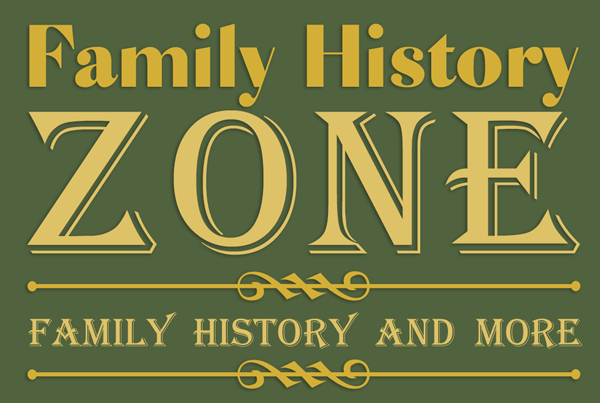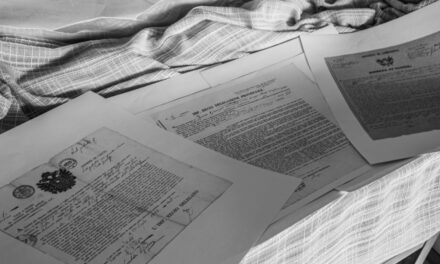Linguistic ancestry is a powerful lens through which we can explore family history. The dialects spoken by our ancestors, the surnames they carried, and the linguistic patterns they passed down all offer valuable clues about their origins and migrations.
By understanding how language evolves and spreads, genealogists can uncover hidden connections and deeper stories in their family trees. This article delves into the fascinating world of linguistic ancestry, starting with the significance of surnames and what they reveal about our heritage.
Surnames and Their Stories: Decoding Ancestral Origins Through Name Meanings
Surnames serve as linguistic time capsules, preserving details about our ancestors’ lives, professions, and geographic roots. Often, a surname’s origin can indicate where a family lived, what they did for a living, or even personal traits that defined them. For example, occupational surnames like “Smith” (from blacksmithing) or “Taylor” (tailoring) offer insights into professions that were common in certain regions or eras. Similarly, place-based surnames such as “York” or “Kent” can highlight geographic origins.
Understanding the linguistic roots of a surname can reveal migrations, too. A name that appears “foreign” in one country might reflect an ancestor’s movement due to trade, war, or cultural exchange. For instance, a German surname like “Schmidt” evolving into “Smith” in English-speaking countries is a marker of assimilation and adaptation.
Genealogists can explore surname meanings and origins using resources like the Oxford Dictionary of Family Names or online tools like Ancestry’s surname database. Pairing these findings with historical records adds another layer of authenticity, connecting names to dates and places. By decoding surnames, we gain a clearer understanding of where our families came from and the lives they led.
The Evolution of Dialects: How Regional Speech Patterns Trace Family Movements
Dialects are a living record of migration, community ties, and cultural influences. They reflect the unique ways language adapts to geography, trade, and even isolation, offering clues about where ancestors lived and the paths they traveled. For instance, specific pronunciations or vocabulary in rural England can reveal centuries-old influences from Viking settlers, while the distinct drawl of Appalachian English traces back to Scottish and Irish immigrants in the United States.
Examining dialects within historical contexts can pinpoint movements over time. For example, regional speech patterns in Wales, Scotland, or Ireland often reflect linguistic shifts tied to invasions, colonization, or industrial growth. Dialects also illuminate micro-migrations within countries. A Lancashire accent, for instance, highlights the influence of industrial heritage, distinguishing it from neighboring regions.
Researchers can use oral history recordings, dialect atlases, and linguistic maps to analyze how accents evolved in specific areas. Tools like the British Library’s Sounds of English archive (https://www.bl.uk/sounds) and linguistic studies provide access to recordings that preserve these variations. By connecting dialect shifts with historical events, genealogists can deepen their understanding of how language captures the story of migration and settlement.
Tracking dialect evolution enriches family history research by linking speech patterns to geographical origins and social histories. This not only helps locate ancestors in time and space but also preserves the linguistic essence of their communities, ensuring their voices resonate for future generations.
Language Shifts and Migrations: The Impact of Historical Events on Linguistic Heritage
Historical events often leave a lasting imprint on language, with wars, trade, colonization, and migration shaping how people speak and write. These linguistic shifts provide vital clues for genealogists tracing family history, as changes in language often align with periods of upheaval or cultural exchange.
For instance, the Norman Conquest of 1066 introduced French influences into English, altering the names, legal terms, and speech of England’s population. Similarly, the Great Migration from England to America in the 17th century carried regional accents across the Atlantic, where they diverged into distinct American dialects.
Large-scale migrations also brought language blending. Irish immigrants to Britain and America, for example, incorporated Gaelic vocabulary into local dialects, preserving elements of their heritage while adapting to new linguistic environments. Trade routes, like the Silk Road, similarly influenced the adoption of loanwords, showing how family ancestors might have been exposed to cross-cultural interactions.
To trace these linguistic shifts, genealogists can consult language-specific historical dictionaries, old parish records, and bilingual documents. Tools like Google Ngram Viewer allow researchers to track the historical prevalence of words, helping to identify when specific terms entered or fell out of use in a given region.
By studying the evolution of languages and dialects during key historical periods, researchers uncover not only where ancestors lived but also how they communicated, adapted, and expressed their identities. These linguistic changes tell a compelling story of resilience and cultural fusion, reflecting the journeys our families undertook and the historical landscapes they navigated.
Preserving Linguistic Roots: Tools for Tracing and Understanding Ancestral Languages
Preserving the linguistic heritage of our ancestors is as vital to genealogy as uncovering their names and dates. Language, with its regional nuances, idioms, and scripts, is a direct link to the worlds our ancestors inhabited. Understanding and documenting this heritage can reveal cultural practices, social identities, and historical transitions that shaped their lives.
Genealogists can start by exploring historical documents in their ancestors’ native languages, such as parish records, letters, or diaries. These sources often contain clues about the dialects, spelling conventions, or colloquialisms that characterized an era or region. Tools like Google Translate and specialized language dictionaries can help decipher unfamiliar terms, while archival resources like the British Library’s language collections (https://www.bl.uk) provide invaluable insights into old texts and writing styles.
Online forums and linguistic databases, such as Ethnologue, allow researchers to trace the origins and development of specific languages and dialects. For languages no longer widely spoken, community resources like language preservation groups or university archives can help genealogists uncover lost meanings or phonetics.
Preserving linguistic roots is also about oral history. Recording interviews with older relatives who still speak a family dialect or use unique expressions ensures this heritage isn’t lost. Combining these recordings with written genealogical records adds depth to family narratives.
Conclusion
Linguistic ancestry enriches family history by connecting us to the languages, dialects, and names that shaped our ancestors’ identities. From decoding surnames to understanding dialect evolution and documenting linguistic shifts, exploring this aspect of genealogy provides a multidimensional view of the past. By preserving and celebrating these linguistic roots, we honor the voices of our ancestors and ensure their cultural legacy lives on.






